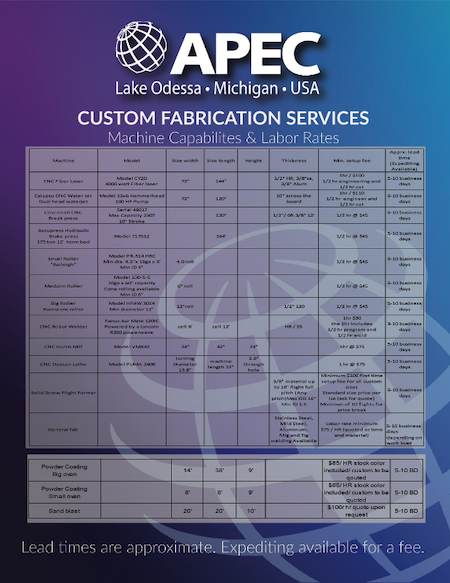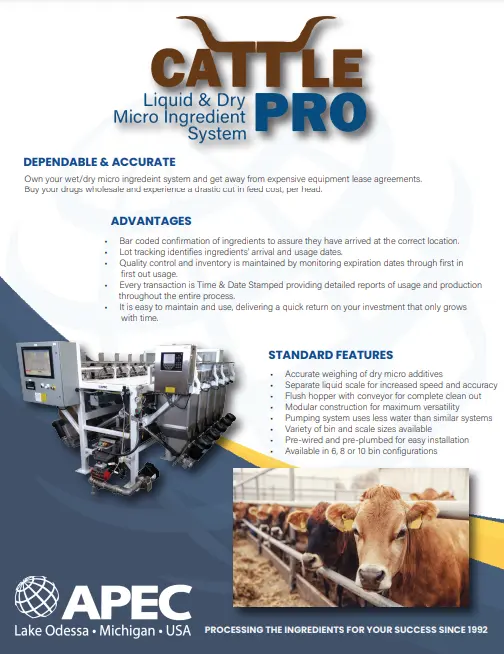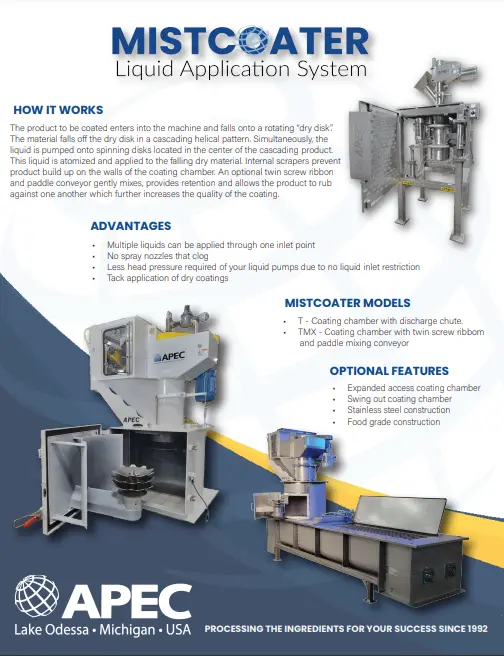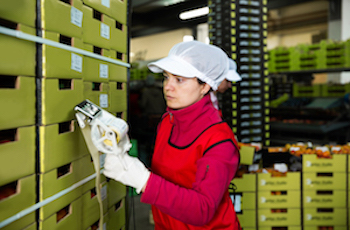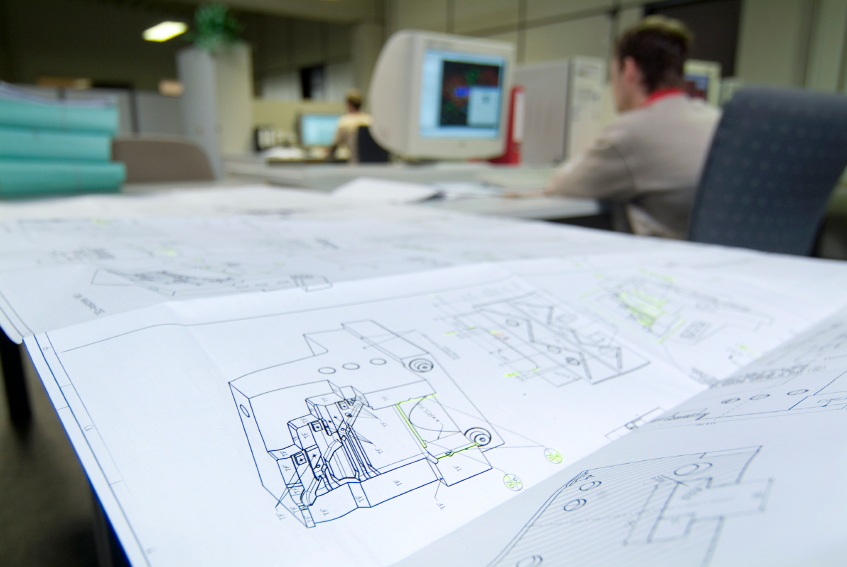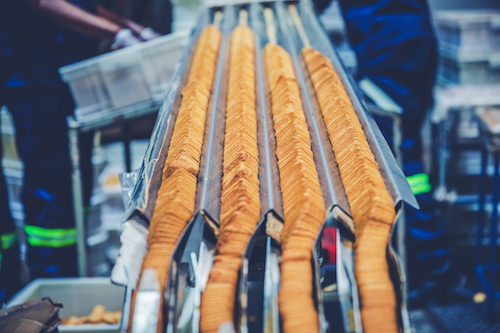
Over thousands of years, food processing has evolved from simple preservation methods to the highly engineered systems that keep plants running today. Each step forward has improved safety, efficiency and the ability to feed growing populations. Now, with food processing innovations like automation, precision mixing and smart sensors, the food processing industry is entering a new phase of transformation. For plant managers and engineers responsible for keeping production lines competitive, understanding the history of food processing equipment and where it’s headed can make the difference between keeping pace and falling behind.
The First Food Processing Methods: Cooking and Preserving
The history of food processing started long before the rise of machines and factories. For thousands of years, people have cleaned, prepared and stored food in ways that still shape how we eat today.
The earliest and most important step in food processing was also the simplest: cooking. Our earliest ancestors started adding heat to meats, seeds and vegetables as early as 1.5 million years ago.
Simple food preservation methods followed, including drying, smoking and salting,. This was seen in some of the earliest civilizations, including Mesopotamia and ancient Egypt, as early as 9600 BC. The invention of writing allowed these methods to be recorded and passed down.
These early techniques laid the groundwork for the food processing industry as we know it today. While simple, they introduced the idea that food could be made safer, last longer and travel farther, principles that would later drive the invention of canning, pasteurization and the industrial equipment of the modern era.
The 19th Century: Canning and Pasteurization
Two important food processing methods were popularized in the 1800s canning and pasteurization. These processes have become vital to the history of food processing, making foods safer and much more accessible.
In 1809, French chef and confectioner Nicolas Appert developed the first method of preserving food in sealed glass containers, a process that became the foundation for modern canning. His method made it possible to safely store soups, fruit and dairy products. Other inventors soon adapted the idea to metal, leading to the development of the tin can, which gained widespread popularity during World War I as armies sought cheap, long-lasting and transportable food for soldiers.
In the 1860s, French microbiologist Louis Pasteur developed the process of pasteurization, which uses controlled heat to kill harmful microbes without significantly affecting taste or nutritional value. First applied to wine and beer, it later became essential for milk, which is especially vulnerable to bacterial growth. Without pasteurization, safe long-term storage and global transportation of many foods would not have been possible.
Together, canning and pasteurization laid the groundwork for the global food supply chains we rely on today.
The 20th Century: Ready-to-Eat Meals
The 1900s brought rapid changes that shaped the modern food processing industry. While World War I popularized the tin can, World War II and the space race accelerated the push for ready-to-eat packaged meals. At the same time, the growing middle class demanded faster and more durable foods to match their increasingly busy lifestyles.
Key advances during this era included:
- Spray drying
- Evaporation
- Freeze drying
- Preservatives
- Artificial sweeteners and colors
- Household appliances such as ovens, microwaves and blenders
Mass production techniques enabled the production and packaging of food on an unprecedented scale. These innovations paved the way for global staples like frozen dinners, instant noodle cups and baking mixes.
21st Century: Food Safety and Regulation
By the late 20th century, concerns about the nutritional value of processed food were on the rise. Preservation techniques often reduced vitamins and minerals, while additives, fats, sugar and oil increased calories without adding nutrition. Questions about the long-term health effects of preservatives and the growing environmental toll of disposable packaging added to the debate.
Public pressure spurred new studies and policies. In 2004, the USDA studiedUSDA investigated the impact of different preparation methods on nutrient content. First Lady Michelle Obama’s Let’s Move! campaign in 2010 sought to combat childhood obesity by encouraging food companies to cut sugar and salt levels. Around the same time, the FDA reviewed nutrition labels and, in 2016, introduced clearer standards with more prominent calorie and sugar counts.
Food safety oversight also expanded. With processing concentrated in large factories, stricter regulations became essential. The Food Safety and Modernization Act strengthened ingredient tracking and safety protocols to reduce the risk of foodborne illness. Many of these nutrition and safety debates continue today.
Today’s Food Processing Equipment
The evolution of food processing has accelerated rapidly in the last 200 years. New technologies in the food processing industry are designed not only to improve efficiency and safety but also to meet growing demands for healthier products, sustainable practices and reliable production at scale.
Modern innovations include:
- Automation and controls that reduce manual labor and improve consistency across batches
- Precision mixing systems that ensure even distribution of ingredients, coatings and nutrients
- Hermetic sealing and advanced packaging that extend shelf life while reducing waste
- Smart sensors and data collection that give operators real-time insights into efficiency and product quality
At APEC, this innovation takes shape in systems like our Automated Ingredient Addition Systems and Coating and Mixing Equipment, which help manufacturers produce uniform, high-quality products while reducing downtime and labor costs. Whether it’s ensuring consistent blending with a ribbon mixer or applying precise coatings in a Mistcoater, these technologies make it easier for plants to remain competitive in a rapidly changing industry.
The Future of Food Processing Equipment
The next wave of food processing innovation will be driven by new technologies, sustainability and consumer expectations. Manufacturers are already exploring tools that make production more adaptive, transparent and resource-efficient:
- Artificial intelligence and machine learning to optimize recipes, predict maintenance and reduce downtime
- Robotics and automation for safer, faster handling of ingredients and packaging
- Sustainable systems that cut energy use, recycle heat and minimize waste
- Traceability tools that use sensors and data to verify sourcing and product quality
These new technologies in the food industry will transform how food is produced and revolutionize how plants operate. For companies that want to remain competitive, staying ahead of these changes will require investing in equipment that can adapt and scale with new demands.
Don’t Get Left Behind
As food processing continues to evolve, the most significant risk for manufacturers is falling behind their competitors. Outdated equipment can create costly inefficiencies, increase safety risks and make it harder to meet growing consumer and regulatory demands. Even minor issues like inconsistent mixing, extended downtime or wasted ingredients can add up to significant losses over time.
By upgrading food processing lines with today’s innovations, plants can protect productivity, reduce waste and position themselves to take advantage of tomorrow’s opportunities. The companies that embrace change now will be the ones leading the food processing industry in the years ahead.


